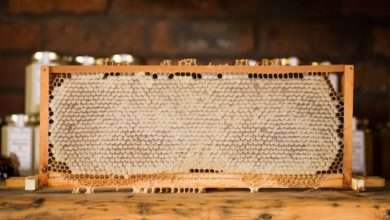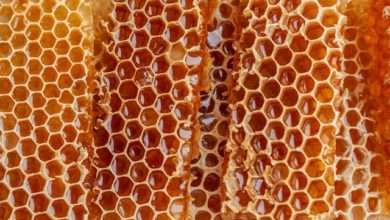What is Purple Honey?
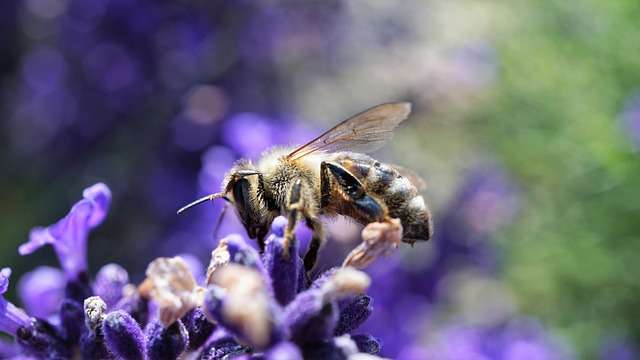
Just what exactly is Purple Honey?
In order to make honey, honey bees must gather nectar from a vast number of flowering plants. Honey may be light or dark in color due to the different types of flowers used to produce it, but what about other colors like blue or purple?
Do you believe the reports that some beekeepers are making purple honey? You’re not alone.
While opinions on the issue vary widely, people who have tried purple honey generally like it. But this is not a matter of opinion; the hue is, in fact, purple. Purple honey, oddly enough, is shrouded in mystery.
Some people doubt its legitimacy, but that’s only because it’s so difficult to get. There are a lot of factors at play here, but it’s amazing to think about how purple honey couldn’t be made in a certain manner.
The appearance of this phenomenon is a shock to even the most seasoned beekeepers. It’s also only found in a few US states, including North and South Carolina, where it’s regarded to be a regional specialty.
Location, seasonal weather, bee species, and other variables contribute to honey’s unique flavor profiles. Purple honey may develop in one hive but not another, even though the bees are in the same place, experiencing the same weather, and so on.
Where does it come from, and what exactly is purple honey? Several hypotheses have been proposed to explain the appearance of purple honey, but none have been verified.
One plausible explanation is that it has something to do with the flowers bees like to visit for nectar. Elderberries and huckleberries are two recommendations often made. The preceding situation, in which two hives are located close to each other, puts this idea to the test since both colonies would have access to the same flowers.
The process by which bees create honey is another possible explanation. Technically, honey may be made somewhat differently by bees in various colonies located close together. Yet this is still a weird idea, considering that a hive producing “normal” honey would suddenly start producing purple honey.
The soil conditions under which the local flowers thrive may be at play here. The same finding that just one hive out of several may produce purple honey also undermines this argument.
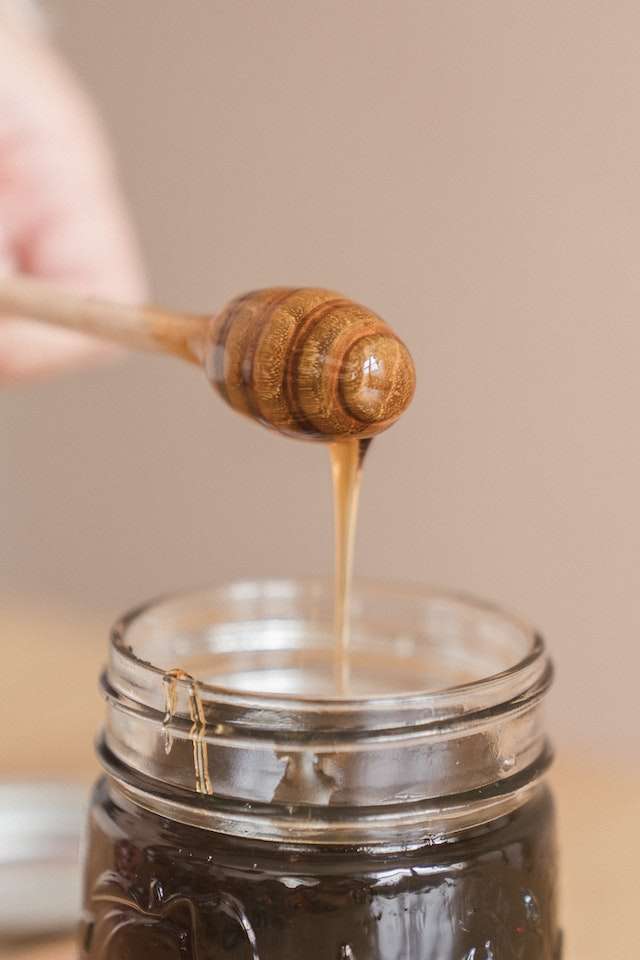
Bees feeding on kudzu flowers is a widely held theory for its origin. However, there are obvious things that could be improved in this reasoning, such as the fact that kudzu is an invasive plant and hence quite common in certain regions. If kudzu plants were the source of purple honey, their availability would be more predictable and straightforward.
So, the origins of purple honey still need to be discovered. There is usually a great deal of excitement among beekeepers whenever they come across purple honey in their hives.
Because of its scarcity and the widespread belief that it has a superior flavor, some beekeepers will gladly sell you a jar of purple honey for a hefty profit. We’ll wish you luck in your search for retail outlets that stock purple honey. It’s hard to get your hands on, and when you do, it usually comes at a hefty price.
Purple honey may be produced by a few hives in an apiary, which is even more of a mystery. However, there are other bee yards nearby that have none. Can you believe it? We need more research because, well, we don’t know.
So, purple honey is hard to come by, but word on the street is that it’s well worth the search.
FAQ
- Is there such a thing as purple honey, and how rare is it?
Honeybees in the Carolina Coastal Plains are credited with producing purple honey, also known as blue honey. As far as local beekeepers and apiculturists are aware, it is only a problem in North Carolina.
- What causes purple honey?
The bees switch to elderberry when the weather gets dry, and the flowers die off. The result is purple honey. The demand for purple honey has caused its price to rise.
- For what reason is some honey a deep purple color?
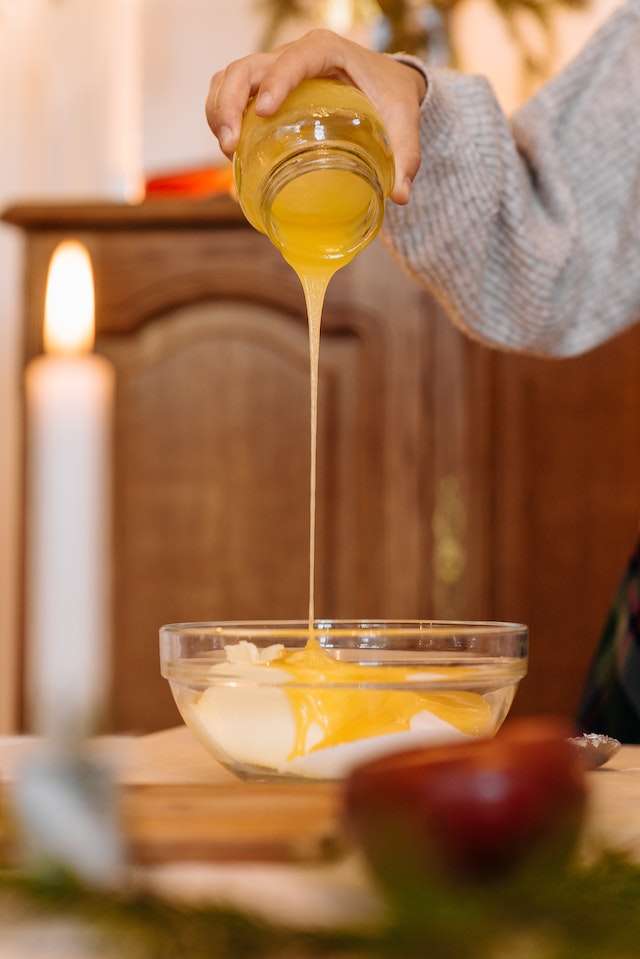
In the 1970s, Professor John Ambrose of N.C. State University conducted a battery of tests to identify the origin of purple honey. His investigation revealed that returning field bees did not carry any blue nectar in their honey bellies.
From what he learned, part of the nectar was coming from plants with a greater aluminum concentration. The aluminum reacted with the acidic environment of the bees’ digestive fluid. The last stage is the process of creating purple honey.
- How would one describe the flavor of purple honey?
First of all, purple honey (also known as blue honey) and blueberries/elderberries are widespread, although purple honey is more common in the southeast.
Others say that the aroma of purple honey is reminiscent of grape soda, and its flavor is similar to that of grape jam. It has a fruity taste that no one can quite put their finger on.
- In what range would you put the price of purple honey?
At $15 a pint, purple honey is more expensive than regular wildflower honey.
- Is lavender honey purple?
Light amber in hue, lavender honey gets its name from the purple lavender that the bees use as a nectar source. Beeswax and honey are not purple in color.
- What color honey is healthiest?
The link between honey’s mineral content and antioxidant capacity suggests that darker honey has more of both. The plants that bees pollinate are the last recipients of the minerals in the soil and environment.
- Where can one get their hands on some purple honey?
The best places to get purple honey in North Carolina are at farmer’s markets and local honey farms in the state’s Sandhills and Foothills regions. You may also find it on Ebay.com.
- Is it true that kudzu produces purple honey?
One that needs to be more understood. The kudzu blooms after the harvest, therefore, purple honey is not available.
